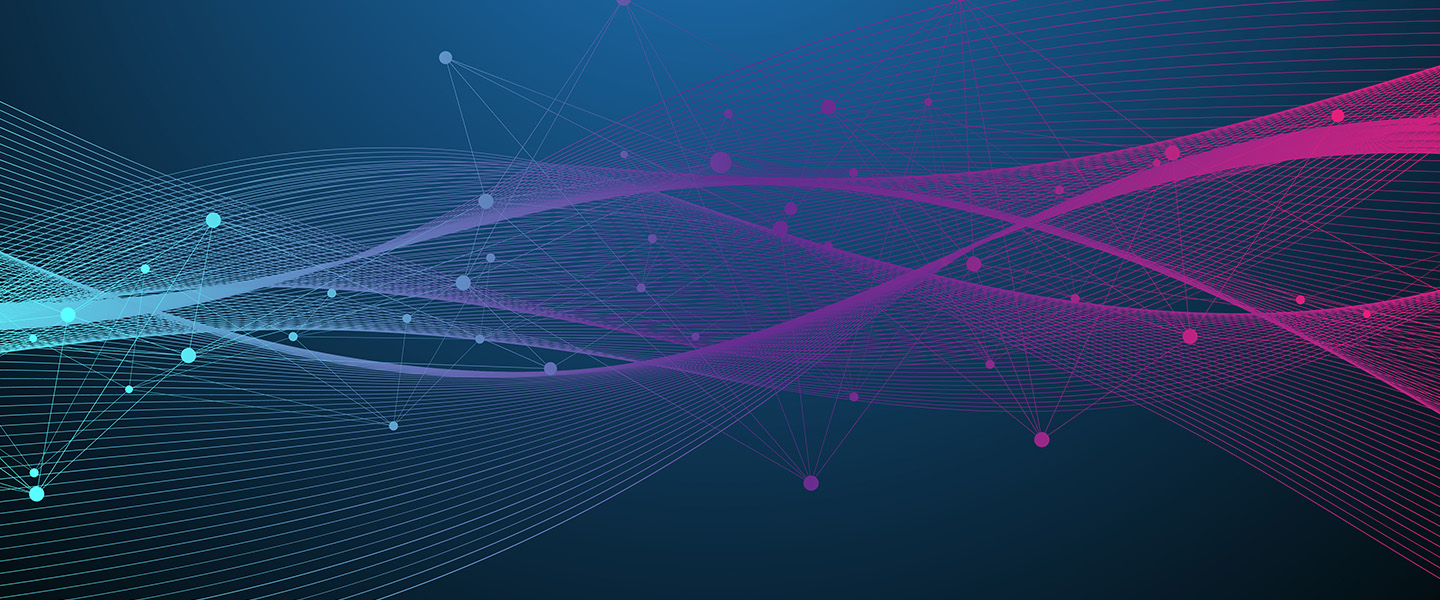A Connectivity Signature Predicting Response to Antipsychotic Therapy is Identified in First-Episode Psychosis Patients
A Connectivity Signature Predicting Response to Antipsychotic Therapy is Identified in First-Episode Psychosis Patients

In people who experience a first psychotic episode—often the prelude to schizophrenia and related disorders—the individual’s response to antipsychotic medicines can be crucial, and typically, varies considerably from patient to patient.
It is widely considered that how well a first-episode patient responds to antipsychotic medications often affects how the patient fares over the long-haul—both in terms of psychosis symptoms and how well they can function in society. “Identification of predictors of response at an early stage of illness would help physicians make optimal individualized treatment plans and benefit long-term quality of life for patients,” note a team of researchers in a newly published paper in the American Journal of Psychiatry.
The team reports encouraging news in its search for robust biomarkers that might predict treatment response to antipsychotics. They were led by Anil K. Malhotra, M.D., of the Feinstein Institutes for Medical Research and Zucker Hillside Hospital. Dr. Malhotra is a member of BBRF’s Scientific Council, a 2006 and 2001 BBRF Independent Investigator and a 1999 Young Investigator. The new paper’s first author is Hengyi Cao, Ph.D., a 2018 BBRF Young Investigator whose grant was devoted to using functional imaging to understand behaviors in psychotic disorders. Four other BBRF grantees were among the co-authors.
MRI-based functional brain imaging has been a key tool in attempts to understand how connectivity in the brain changes in people with psychosis. The knowledge gained to date has not, however, yielded biomarkers reliable enough across the full spectrum of patients to be able to predict treatment response or long-term symptom trajectory. Drs. Malhotra, Cao and colleagues developed and tested a method aimed at combining several distinct modalities in which fMRI is used to observe connectivity in the brain. It’s possible, for example, to look at network connections in the brain when the brain is in a “resting state”; as well as in various active states that can be induced in test subjects by asking them, during the scan, to perform various kinds of tasks. Different tasks make demands upon different brain regions, or different networks spanning brain regions.
The team combined multiple fMRI paradigms with the hope of identifying neural traits most predictive of response to antipsychotic treatment—across the entire brain, not just in one specific region of interest. Provided such connectivity traits were identified, the team hoped to be able to predict, using modeling based on machine learning, the degree to which an individual patient’s symptoms would be reduced when they were put for the first time on a regimen of antipsychotic medicine.
Two groups of patients were recruited. All were in the early stages of psychotic illness; each had cumulatively taken antipsychotics for less than 2 weeks since their initial psychotic episode. One group comprised 49 patients with first-episode psychosis (30 were male, average age about 24). A second group of 24 similar patients (20 males, average age 22) was used as a “validation sample,” to test whether any connectivity biomarkers identified in the main sample could be replicated in their predictive accuracy. Patients in both groups were carefully assessed and imaged using different fMRI modalities at “baseline,” after which each was randomly assigned to begin treatment on either risperidone or aripiprazole for 12 weeks. The severity of psychosis symptoms was assessed multiple times during the 12 weeks. Computer-based modeling was used to “train” a model that might enable identification of a connectivity-based biomarker based on the fMRI scans made before treatments began that would predict how well each patient responded to the 12 weeks of antipsychotic treatment.
The researchers succeeded in identifying “a functional connectome-based neural signature for the prediction of individualized treatment outcome in patients with first-episode psychosis.” There were both “positive” and “negative” predictors of treatment response. Positive predictors were mainly connections between the cerebellum and the cerebral cortex, where lower connectivity at baseline predicted better response to antipsychotics. The researchers noted that this finding was consistent with their past findings that increased connectivity between cerebellum and cortex was consistently present, and abnormal, in people with psychotic disorders; also, that higher connectivity between cerebellum and cortex tended to predict worse clinical outcome after 2 years of continuous antipsychotic treatment.
“These lines of evidence converge,” the team said, “to show that cerebellar-cortical hyper-connectivity is a highly robust pathological finding in psychosis,” and “has the potential to be clinically used as a predictor of illness development and prognosis.” The stronger connectivity may result from the dysregulation of dopamine in cortical cognitive systems, the team said. Dopamine receptors are the target of antipsychotic medicines, but they are located in abundance throughout the brain. The new evidence helps identify where at least some of the pathology underlying psychosis resides.
The study also identified connectivity patterns that negatively predicted response to antipsychotic medicines—mainly connections within cortical cognitive systems. Taken together, the positive and negative predictors validated a connectome-based functional signature as a promising early predictor for individualized response to antipsychotic treatment in first-episode psychosis.
The predictions generated by the modeling in this study were based on data from individual patients and predicted results in each with considerable accuracy. The difference, on average, between the psychotic symptom score predicted by the model and the actual score in each patient after 12 weeks of treatment was about 1.6 (the actual scores, on average, were about 18-20 at baseline and about 8-9 following 12 weeks of therapy). This relatively small variance between prediction and actual post-treatment score suggested to the team the potential of the connectivity signal to “assist clinical judgment for individual patients.” The results did not vary between the two medicines that patients were randomly assigned to take (although the sample size was small).
In addition to calling for replication of their results in larger and more diverse groups of patients, the team suggested that their method might be used to investigate possible signatures of outcomes and responses to treatment in different kinds of symptoms, for instance negative symptoms (affecting cognition and social functioning) in schizophrenia.
The team also included: Todd Lencz, Ph.D., 2013 BBRF Independent Investigator and 2001 Young Investigator; Juan A. Gallego, M.D., 2013 BBRF Young Investigator; Anita D. Barber, Ph.D., 2009 BBRF Young Investigator; and Delbert G. Robinson, M.D., 2005 BBRF Independent Investigator.




